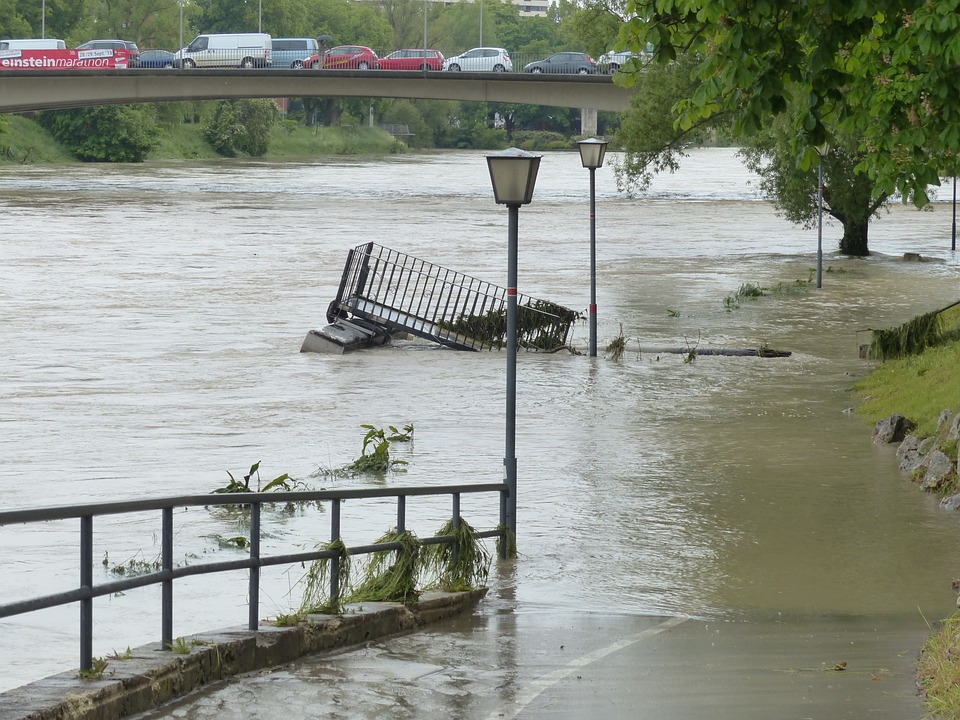What Is France Doing About Climate Change? A Look at Policies, Goals, and Actions
France has positioned itself as a global leader in the fight against climate change, actively engaging in international agreements and implementing robust domestic policies aimed at reducing greenhouse gas emissions and promoting sustainable practices. As the host of the 2015 Paris Agreement, France is committed to limiting global warming to well below 2°C, with aspirations to achieve a target of 1.5°C.
1. France’s Climate Goals and Commitments
– Paris Agreement Goals: France remains dedicated to the objectives set forth in the Paris Agreement, which includes significant reductions in greenhouse gas emissions.
– National Carbon Neutrality by 2050: The French government has pledged to achieve net-zero emissions by 2050, aligning with broader European Union targets. This entails cutting greenhouse gas emissions by a factor of six compared to 1990 levels.
– Interim Targets: France aims to reduce its greenhouse gas emissions by 40% by 2030 relative to 1990 levels, with plans for further revisions to align with EU targets of a 55% reduction by the same year[2][3].
2. Key Policies and Legislation for Climate Action
– Energy Transition Law: This legislation focuses on reducing fossil fuel consumption, phasing out coal by 2027, and increasing the share of renewable energy to 40% by 2030.
– Climate and Resilience Law (2021): This comprehensive law encompasses various sectors, aiming to reduce waste, enhance energy efficiency in buildings, and promote sustainable mobility practices.
– Carbon Tax and Incentives: France has implemented a carbon tax designed to discourage fossil fuel use while providing financial incentives for renewable energy adoption and energy-efficient renovations[1][6].
3. Expanding Renewable Energy Sources
– Solar and Wind Power: France is investing heavily in expanding its solar and wind capacity. In early 2024 alone, it added a record 1 GW of solar capacity, reflecting a significant increase in renewable energy initiatives[10].
– Hydropower: The country is leveraging its existing hydropower resources to support its clean energy goals.
– Nuclear Energy’s Role: Currently, nuclear energy accounts for approximately 70% of France’s electricity generation. The government plans to modernize its nuclear facilities while gradually increasing investments in renewable sources[1][7].
4. Sustainable Transportation Initiatives
– Public Transit Investments: The French government is expanding public transportation networks to reduce reliance on private vehicles, particularly in urban areas.
– Electric Vehicles (EV) Incentives: Subsidies for EV purchases and the development of extensive charging infrastructure are key components of France’s transportation strategy.
– Cycling and Walking Infrastructure: Investments are being made to enhance cycling and walking facilities as part of the “Plan Vélo,” encouraging more sustainable modes of transport[6][9].
5. Conservation and Biodiversity Efforts
– Biodiversity Protection: France is actively working on initiatives to protect biodiversity through national parks, marine reserves, and urban green spaces.
– Reforestation and Land Management: Projects aimed at reforestation are being implemented to enhance carbon sequestration capabilities.
– Sustainable Agriculture: The government is promoting organic farming practices and reducing pesticide usage through various initiatives[2][4].
6. France’s Role in Global Climate Leadership
– Advocacy in the European Union: France plays a significant role within the EU, advocating for stricter climate policies and ambitious renewable energy targets.
– International Climate Finance: The country contributes significantly to the Green Climate Fund, supporting climate adaptation efforts in developing nations.
– Hosting International Conferences: France continues to host international climate summits and negotiations, reinforcing its commitment to global climate action[3][4].
FAQs
– What are France’s main climate goals?
France aims for carbon neutrality by 2050 with interim targets including a 40% reduction in emissions by 2030 compared to 1990 levels.
– How is France reducing its carbon emissions?
Through legislation such as the Energy Transition Law, carbon taxes, and investments in renewable energy sources.
– What role does nuclear energy play in France’s climate plan?
Nuclear energy provides about 70% of France’s electricity, allowing for low emissions while transitioning towards more renewables.
– How is France promoting renewable energy?
By investing heavily in solar and wind power projects while modernizing existing nuclear facilities.
– What policies are in place for sustainable transportation?
France offers subsidies for electric vehicles, expands public transit systems, and invests in cycling infrastructure.
– What biodiversity initiatives is France undertaking?
Efforts include protecting natural habitats through national parks and promoting reforestation projects.
– How does France contribute to global climate finance?
By supporting initiatives like the Green Climate Fund aimed at helping developing countries adapt to climate change impacts.
Conclusion
France’s multifaceted approach to combating climate change encompasses ambitious legislative frameworks, substantial investments in renewable energy, sustainable transportation initiatives, and robust biodiversity conservation efforts. With a commitment to achieving carbon neutrality by 2050 and leading global climate discussions, France exemplifies proactive environmental stewardship that emphasizes both national progress and international cooperation.

Kyle Whyte is a notable scholar and professor at the University of Michigan, holding positions such as the George Willis Pack Professor in the School for Environment and Sustainability and Professor of Philosophy. Specializing in environmental justice, his work critically examines climate policy and Indigenous peoples’ ethics, emphasizing the nexus between cooperative scientific endeavors and Indigenous justice. As an enrolled Citizen Potawatomi Nation member, he brings a vital perspective to his roles as a U.S. Science Envoy and member of the White House Environmental Justice Advisory Council. His influential research is supported by various prestigious organizations including the National Science Foundation, and disseminated through publications in high-impact journals. Kyle actively contributes to global Indigenous research methodologies and education, with affiliations to numerous institutes and societies dedicated to traditional knowledge and sustainability. Recognized for his academic and community engagement, Kyle has earned multiple awards and served in various visiting professorships. His efforts extend to leadership positions on boards and committees focused on environmental justice nationwide.
